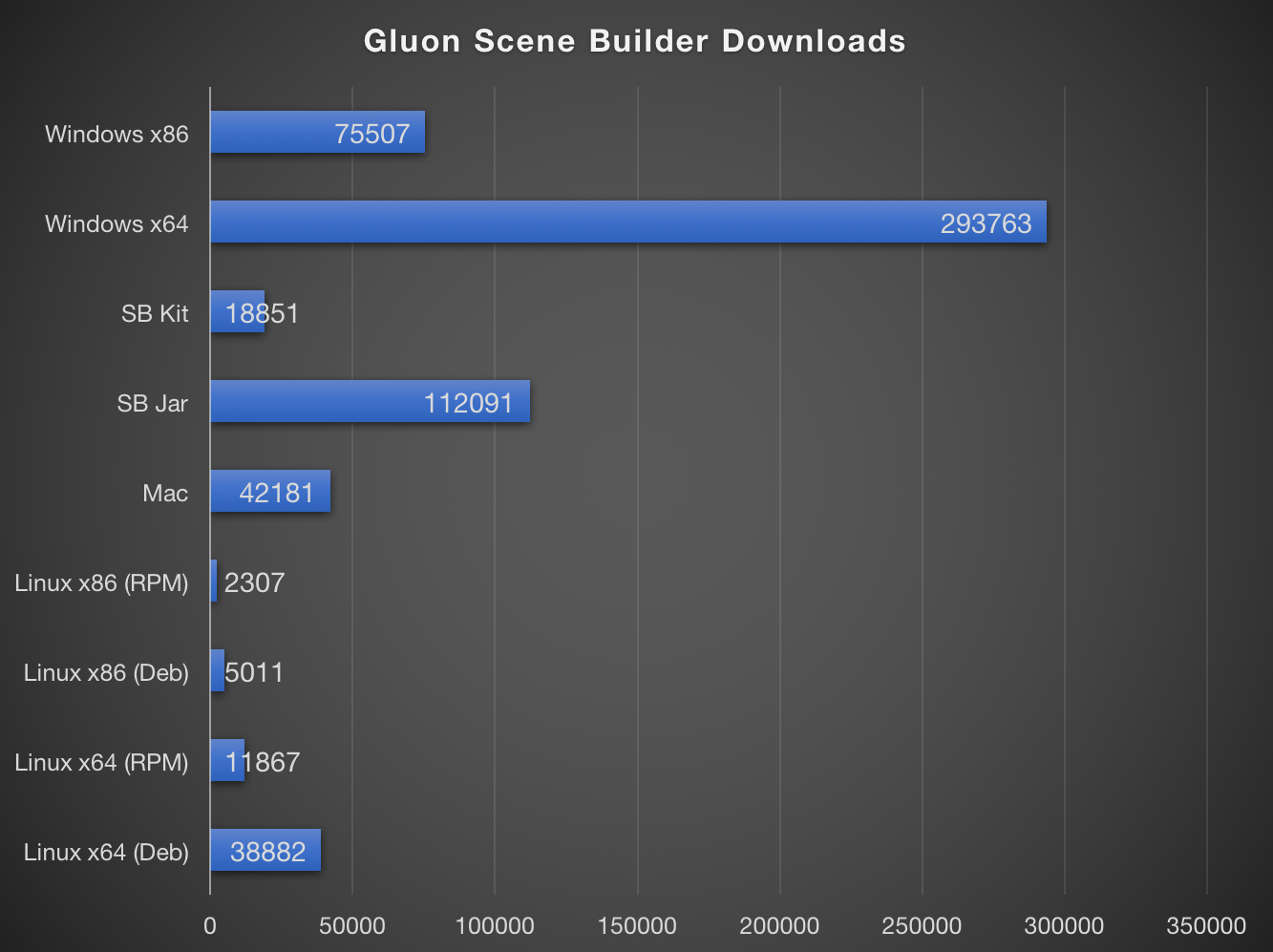

- #JAVA FX JAR HOW TO#
- #JAVA FX JAR INSTALL#
- #JAVA FX JAR SOFTWARE#
- #JAVA FX JAR ZIP#
- #JAVA FX JAR WINDOWS#
Gluon LTS also includes developer support for Gluon Mobile and CloudLink during the development phase. Customers also have access to the Gluon issue and feature request tracker, get assistance in the creation and follow-up of issues in the Java bug system and are informed about our roadmap. This program gives access to supported versions of JavaFX, including but not limited to security fixes and critical patches. The Gluon JavaFX Commercial Long Term Support (LTS) contract provides customers with first class support for JavaFX development. Gluon offers to share its vast knowledge base and experience in JavaFX to support customers and ensure continuity, stability and security for their environment. JavaFX is now separated from JDK releases and no longer included in the standard long term Java SE support offerings from Oracle. Gluon is endorsed by the JavaFX community as world experts.
#JAVA FX JAR SOFTWARE#
Note that there are no “/” or “\” (forward or back slashes) in the address, just “.” delimiters.Gluon and JavaFX are inseparable – our team has contributed to, and led, some of the most critical open source libraries, written some of the primary books, maintained the most important tools, based our commercial software offerings on it, and even co-lead the OpenJFX project itself.
#JAVA FX JAR ZIP#
zip and inspecting the file folder structure. If you are unsure of the address, it can be determined by converting the. This example text is a stand-in for the class that holds the main() method. The *module-info" file may also have a requires line for various Java language modules, e.g., sktop, but the local Java (assuming it’s a modular version) should have these covered. Unnamed defaults do not need to be included in this list, they will be automatically derived. The names can be found in the module-info.java file requires lines.
#JAVA FX JAR WINDOWS#
–add-modules aphics,ntrolsĪ comma-separated list (both Windows and Mac/Linux) of the names of required modules must be provided. Unfortunately, copying over just the required jars from the lib file does not appear to be sufficient. We would run the command from the projectFolder/ location, and specify the module-path parameter as follows: -module-path javafx-sdk-16\lib If you do so, you can also provide a relative address to the files.įor example, with the following structure (and assuming the user doesn’t move anything): projectFolder/myProject.jar You might consider, as an alternative, shipping the needed JavaFX SDK (about 80MB as of this writing) along with your project jar.
#JAVA FX JAR HOW TO#
If the person you wish to have run the jar does not have the JavaFX SDK downloaded, they will have to do so, and they will also have to know how to address the /lib folder and to edit the command line accordingly. The reason for placing the environment variable in quotes in the Windows example is that one of the parent folders of my chosen location happens to have a space in the name. This variable should be configured to address the /lib folder within a JavaFX SDK, which can be downloaded from Gluon. The location here can be spelled out as an absolute address, but I am showing the use of an environment variable PATH_TO_FX (following the example in Gluon’s documentation). Locations for any other modules employed by the project would be “ ” separated on Windows, and “:” separated on Mac/Linux. The path to the JavaFX modules must be included. With the -cp parameter, we list the jar file itself to be included on the class path. Java -cp myProject-0.0.1.jar -module-path $PATH_TO_FX -add-modules aphics,ntrols my. Java -cp myProject-0.0.1.jar –module-path "%PATH_TO_FX%" -add-modules aphics,ntrols my. Note, this line has to be executed in the same file location as the. I will explain all the parts in the text that follows.

However, the following example command has proved successful. There may be a way to do so, involving editing the MANIFEST as well as adding the needed module options. To run the resulting jar file, I’ve not found a way to use the -jar option.
#JAVA FX JAR INSTALL#
(In Eclipse we enter: clean install into the Goals field of the Run configuration file.) The generated jar file will be located in the project’s /target directory. The days when a simple java -jar myProject.jar sufficed are long gone!įor generating the jar, we can use the standard “mvn clean install”. In this article I will show a way to craft a CLI command to run this jar. Let’s say you have a working Maven project using JavaFX, and you wish to make and share a.


 0 kommentar(er)
0 kommentar(er)
